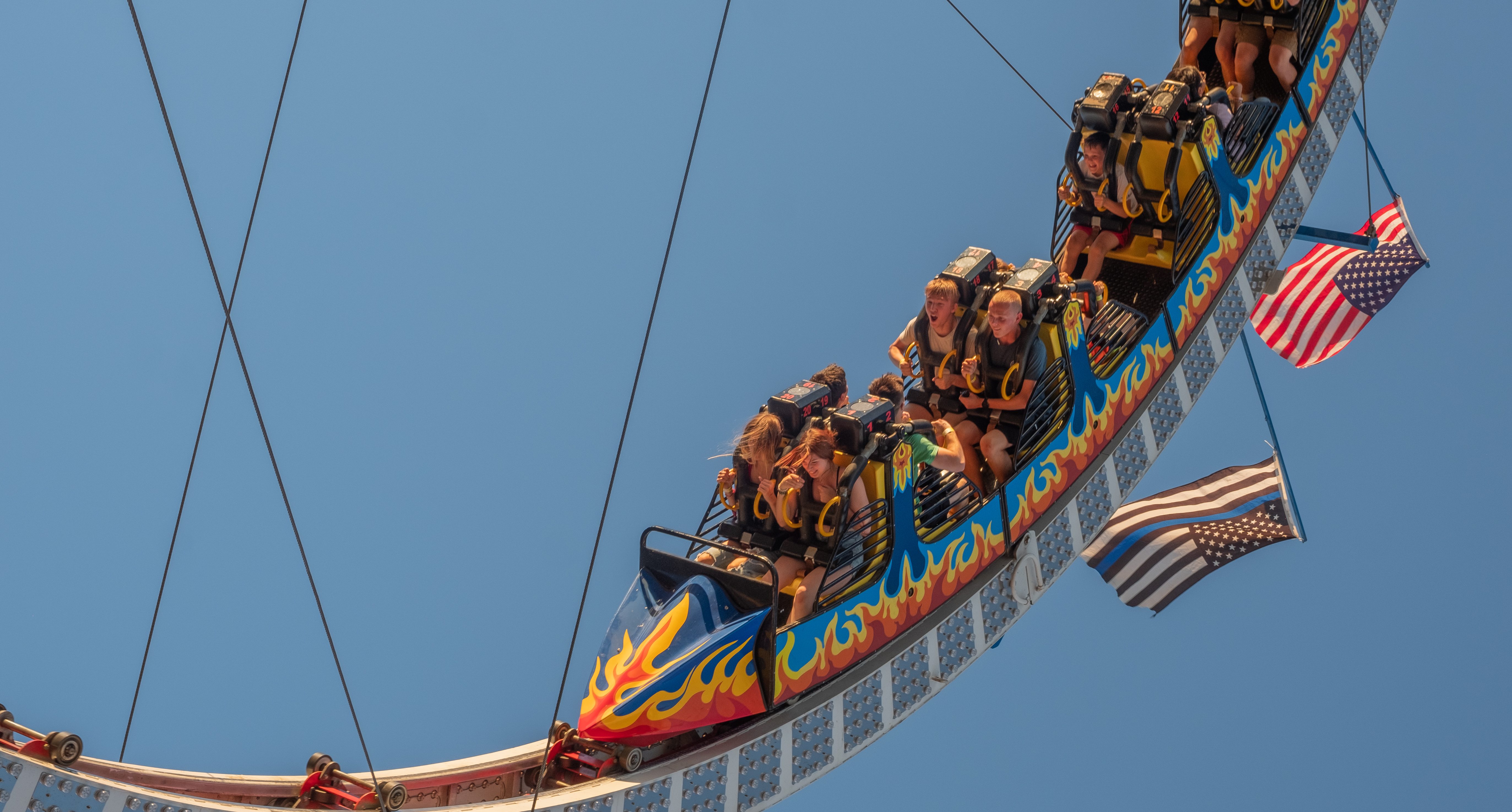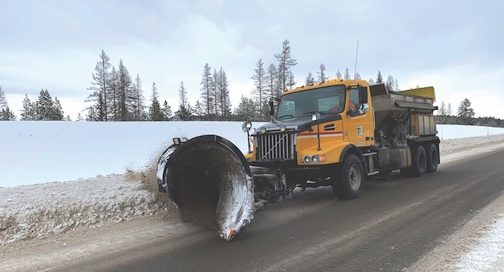Despite lack of cape, ‘bulletproof’ George becomes hero
Published 8:55 pm Friday, March 2, 2007
Children start developing personal heroes at age 5 and 6. Our kindergarten students study George Washington for most of the month of February, with gratifying results.
They become familiar with his life and deeds and even develop some affection for him, to the point of asking the teacher if they will get to meet George in Heaven.
Trending
Temporarily, at least, we persuade them to give up Spiderman and Superman and adopt George as their role model and hero of the month, even though George didn’t fly or wear a cape.
The core of our program is the presentation of the side of Washington we call the “bulletproof” George Washington.
At the beginning of the French and Indian War, the 23-year-old Washington took part in an amazing, but little-known, battle that is seldom found in school textbooks. In a brilliant ambush at Monongahela, the Indians brought down more than 700 British soldiers, including Gen. Braddock, who was fatally wounded. Completely exposed to fire, the young George Washington rode fearlessly back and forth on the battlefield, delivering Braddock’s orders to the troops.
Washington was the only officer on horseback not wounded or killed.
Later that day, in a letter written to his brother, John A. Washington, he said he was “protected beyond all human probability or expectation.” He had two horses shot out from under him, he wrote, and after the battle found four bullet holes in his coat. He evidently saved the coat because many years later his step-grandchildren described seeing it.
That’s not the end of the story.
Trending
The really interesting part was the testimony of a pioneer woman, Mary Draper Ingles, who was captured by a band of Shawnee Indians and held in their village for several months. She overheard French officers discussing the battle of the Monongahela with their Indian allies. An Indian chief named Red Hawk said he had shot at Washington 11 times and then ceased firing, convinced that the Great Spirit was protecting him.
Red Hawk didn’t know who this individual was, of course, but at 6 feet, 2 inches, Washington was the tallest man around and an unforgettable figure on horseback.
Ingles eventually made her escape, traveling hundreds of miles through the Blue Ridge Mountains to return home, and became famous throughout Virginia for her ordeal.
And after that experience, Washington never seemed to miss an opportunity to ride into battle at the front of his troops, continually exposing himself to enemy fire.
“I heard the bullets whistle,” he once wrote to his brother Jack, “and believe me there is something charming in the sound.”
Parents who are looking for materials to teach their children about Washington should look for picture books written for age 4 to 8. The most complete one I have found is Giblin’s “George Washington Picture Book Biography.”
Other good ones are Cheney’s “Washington Crossed the Delaware,” Adler’s “A Picture Book of George Washington,” the pop-up book “George Washington, An Adventure in Courage” by Troll Publishing, and an old favorite from 60 years ago still being sold online at Amazon, D’Aulaire’s “George Washington.”
The Dover Company still has George Washington paper dolls available and a well-drawn coloring book.
Excellent animated videos of Washington can be found at the public library, and Washington dolls or action figures are frequently seen online at eBay. Look for Hallmark’s collection of soft cloth dolls of Revolutionary heroes.
And best of all, don’t forget to point out George on the dollar bill and the quarter, the most effective way of introducing our first president to young children.
—
Kathryn McCluskey is the director of the Three R’s School in Pendleton, a Montessori school from preschool through third grade.









